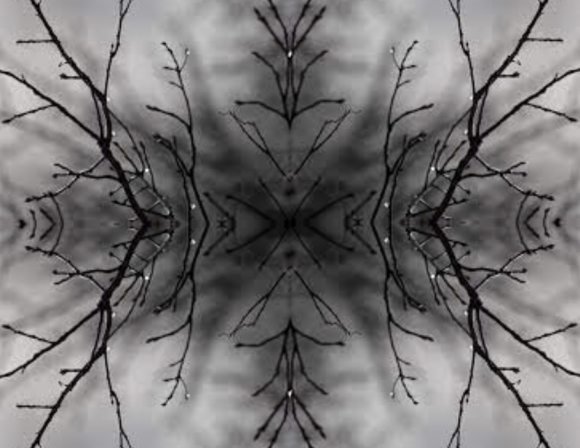Stepping into the shady interior of the old bookstore I passed an old man who was just leaving. I soon gravitated towards a shelf with the latest arrivals, picked a publication and immersed myself in its table of contents. Behind my back I sensed someone entering the shop; had the old man returned?
What criteria do we use, in everyday life, to find out if, say, a person (one we don’t already know) is the same as we’ve seen just a bit earlier? What, in other words, are the typical criteria of re-identification?
Although the standard theory of persistent objects says something about continuous space-time trajectories, that’s not of course how we in practice ascertain whether someone’s the same person as someone we just saw earlier. In reality, we have a “method” of deceptive simplicity:
I looked up. No, it was someone entirely different. The person who’d left the shop earlier was grey-bearded, stooped, evidently of advanced age; the newcomer was a youth, almost a boy. He greeted shyly and proceeded to the sports section.
So we look and match. (It’s nothing essentially visual: it might as well be “listening and matching”, for example, if we’re talking to someone on the phone, they say “I’ll be right back”, we listen to a horribly repetitive music snippet for a while, and then they actually do come back.)

1. Before we continue, let’s pause and make a distinction here. There are two importantly different scenarios. One is when you are actually in the situation I’ve just narrated; the other is when you’re reading (or listening to) the narrative I’ve just given.
In the first scenario, you, as an embodied person, are in the presence of another embodied person. There is a number of things you typically perceive (many of them subliminally) from the visual appearance, the physical presence, auditory elements they exude (even smells or in some cases touches). All of them will help to re-identify the same person when you are in their presence again after an interruption. These perceptions, as well as the matching, happen on a multi-sensory broadband spectrum. You don’t “summarize” all this into a one-liner description, and then later match that. (Although of course your memory might be selective, i.e. you don’t match all the perceptions you might have had in the earlier episode — some of them you simply forget.)
In the second scenario, in contrast, you only get what’s in the narration. In the example above, the only thing you know is the repeated phrase “old man”, and later a little descriptive expansion (grey-bearded etc.). You don’t have a lot here, and if the second person hadn’t happened to be described in a contrasting way (a youth, almost a boy), you might not have had enough information to decide the question of re-identification. You’re matching salient elements of already condensed descriptive phrases. In most cases, you can easily enumerate or even quote them (they’re not too many).
Now why is that distinction so important? That’s because we sometimes loose track of the difference between dealing with actual persons (embodied people, around us in physical reality) and descriptions of them, or even descriptions of what aren’t persons, but personifications (something else that appears in the shape of a person). Descriptions, of course, are portions of text. And even though there is some overlap, we think about (feel about, remember, etc.) persons different when we encounter them in texts than when we encounter them as embodied people.
When I say that we sometimes loose track of the distinction, I don’t mean so much that we confuse real people with fictional people (although even that sometimes happens). What I have in mind is a more complicated situation. Consider, for example, the following six “persons”: your father; a dream figure that appears to be your father; a character in your dream diary which, you notice, appears to be your father; a psychological complex you may suspect influences your thoughts and feelings and which, for some reason, seems natural to think about as “father”; something in your behavior which occasionally pops up in the presence of your father and which others, maybe a Jungian analyst, refer to as “projection”; a character in a novel you’ve written in order to deal with some of your childhood experiences whom you’ve deliberately named differently, but whom you consider “inspired by” your father. Could you tell, in each of these six figures, which is an embodied person, which is a character in a narration, and which is a mixture (and how to tell the components apart that got blended into it)?
And having considered that, can you in each case enumerate and quote all the elements that you used for identifying the figure? Can you be sure you caught all elements you did use? (Some of them might have been subliminal perceptions, but others might be textual elements you missed because you didn’t think of the person as a textual character, such as, e.g., in the projection case.) So, there is a complicated field to navigate here, and that’s where I suspect we often loose track of the distinction between embodied persons and descriptions of persons (or personifications).



